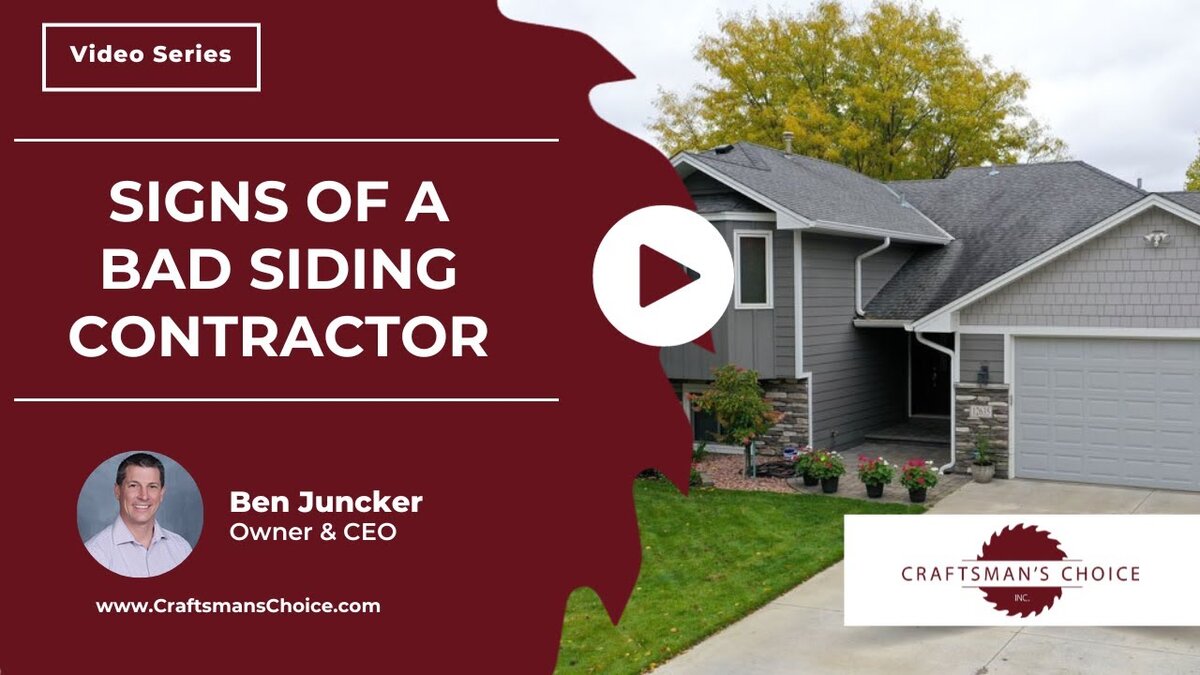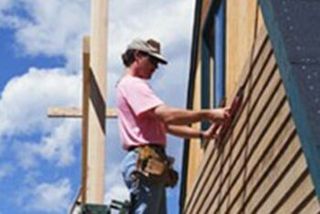Morris Siding Contractor with Years of Expertise in Home Exterior Upgrades
Morris Siding Contractor with Years of Expertise in Home Exterior Upgrades
Blog Article
The Important Overview to the Various Sorts Of Siding and Their Special Benefits
In the world of home improvement, choosing the ideal house siding is a crucial choice that impacts both aesthetic allure and functional performance. With so many alternatives to take into consideration, which house siding product really stands out for your particular job?
Wood Exterior Siding
Wood house siding, a prominent choice for residential outsides, offers a timeless visual that combines natural appeal with structural honesty. This house siding product is readily available in numerous designs, consisting of clapboard, shingles, and board-and-batten, permitting property owners to personalize their appearance to match their layout choices. Timber home siding is normally crafted from sturdy species such as cedar, redwood, or pine, which are known for their durability and capacity to withstand environmental stress factors.
One of the primary advantages of timber house siding is its superb insulation homes, which can add to energy performance and lower heating prices. Additionally, wood siding is biodegradable, making it an ecologically pleasant choice when sourced sustainably. Normal upkeep, including paint or staining, can extend its lifespan and enhance its look, permitting homeowners to preserve the natural beauty of the timber.
Nevertheless, prospective disadvantages consist of sensitivity to pests, rot, and weather condition damage, requiring adequate treatment and maintenance - morris siding contractor. Regardless of these issues, when correctly looked after, wood exterior siding can supply a beautiful and long lasting service that enhances the personality of a home while providing a cozy, inviting atmosphere

Plastic Home Siding
Vinyl exterior siding has become a leading choice for home owners looking for a low-maintenance outside alternative that incorporates resilience and cost. This functional material is crafted from polyvinyl chloride (PVC), making it immune to various climate condition, including dampness and UV rays. Therefore, plastic house siding does not warp, rot, or fade, ensuring durable visual appeal.
Among the key advantages of vinyl exterior siding is its considerable series of colors and styles, permitting homeowners to accomplish the desired appearance for their residential property without the need for frequent repainting. Furthermore, vinyl house siding is very easy to mount, which can dramatically reduce labor expenses during building or restoration projects.
Plastic siding likewise adds to energy efficiency. Many alternatives function insulation backing, which boosts thermal performance, assisting to preserve comfortable interior temperature levels and potentially reducing energy bills. Its smooth surface assists in simple cleaning, needing just periodic cleaning with a garden pipe to remove dust and debris.
Fiber Concrete House Siding
Fiber concrete house siding has actually obtained grip among home owners and contractors alike due to its remarkable mix of durability and visual versatility. Composed of a mixture of cellulose, concrete, and sand fibers, this siding alternative is crafted to endure severe climate condition, including high winds, hefty rainfall, and temperature variations, making it a durable option for residential outsides.

One of the key benefits of fiber concrete siding is its resistance to bugs, such as termites, and its non-combustible nature, offering enhanced fire safety and security. morris siding contractor. Additionally, it is readily available in a broad selection of designs, textures, and colors, enabling house owners to achieve their preferred visual without sacrificing performance
One more benefit is its weblink reduced upkeep demands; fiber concrete siding commonly needs painting or staining every 5-10 years, which is less regular than various other products. Its long life contributes to a reduced total cost of ownership, as it reduces the need for constant repair services or substitutes.
Eventually, fiber cement siding stands for an exceptional financial investment for those seeking a durable, attractive, and versatile exterior alternative, integrating both type and feature to improve the home's aesthetic appeal.
Metal Exterior Siding
The appeal of steel home siding hinges on its robust sturdiness and modern-day visual allure, making it a preferred choice for contemporary architecture. Available in products such as aluminum and steel, steel exterior siding supplies a series of finishes and shades, enabling house owners to attain a customized look that matches their layout vision.

Energy efficiency is an additional considerable benefit, as many steel exterior siding products are developed with insulation alternatives that help manage interior temperatures. This can bring about lowered energy prices with time. Additionally, steel house siding is typically recyclable, making it an environmentally friendly selection for sustainability-minded home owners.
The setup process for metal exterior siding can be relatively straightforward, causing a quicker turn-around time for building and construction projects. Generally, steel house siding integrates performance and style, making it a practical alternative for those seeking a long-lasting and visually attractive exterior surface.
Brick and Rock House Siding
Block and stone exterior siding stands apart as a timeless choice that boosts the visual charm site web of any kind of home. Known for their toughness and low upkeep, these materials offer an exceptional roi while elevating the building's visual appeal. Readily available in various shades, appearances, and patterns, block and rock can be customized to match varied architectural designs, from conventional to modern.
Among the key advantages of block and rock home siding is their energy effectiveness. Both materials possess all-natural shielding buildings that aid manage interior temperatures, possibly minimizing heating & cooling prices. Additionally, they offer exceptional fire resistance compared to other home siding alternatives, adding to boosted safety and security.
An additional advantage is their long life. Brick and stone can last for decades, frequently needing marginal upkeep beyond occasional cleansing. Unlike timber exterior siding, they are resistant to bugs and rot, guaranteeing a long-lasting exterior that stands up to the elements.
Conclusion
In recap, the selection of house siding dramatically affects a home's visual charm, energy effectiveness, and maintenance demands. Each type of home siding-- whether wood, vinyl, fiber cement, block, or steel and rock-- provides distinct benefits customized to numerous house owner preferences and environmental problems.
One of the primary benefits of timber exterior siding is its excellent insulation properties, which can contribute to energy efficiency and lower home heating costs. Furthermore, timber siding is biodegradable, making it an environmentally pleasant alternative check my site when sourced sustainably.One of the main advantages of metal siding is its resistance to different ecological elements.Energy effectiveness is another considerable benefit, as several steel house siding items are created with insulation choices that aid regulate interior temperatures. Each type of home siding-- whether wood, plastic, fiber metal, block, or cement and stone-- offers unique benefits tailored to different property owner preferences and ecological problems.
Report this page